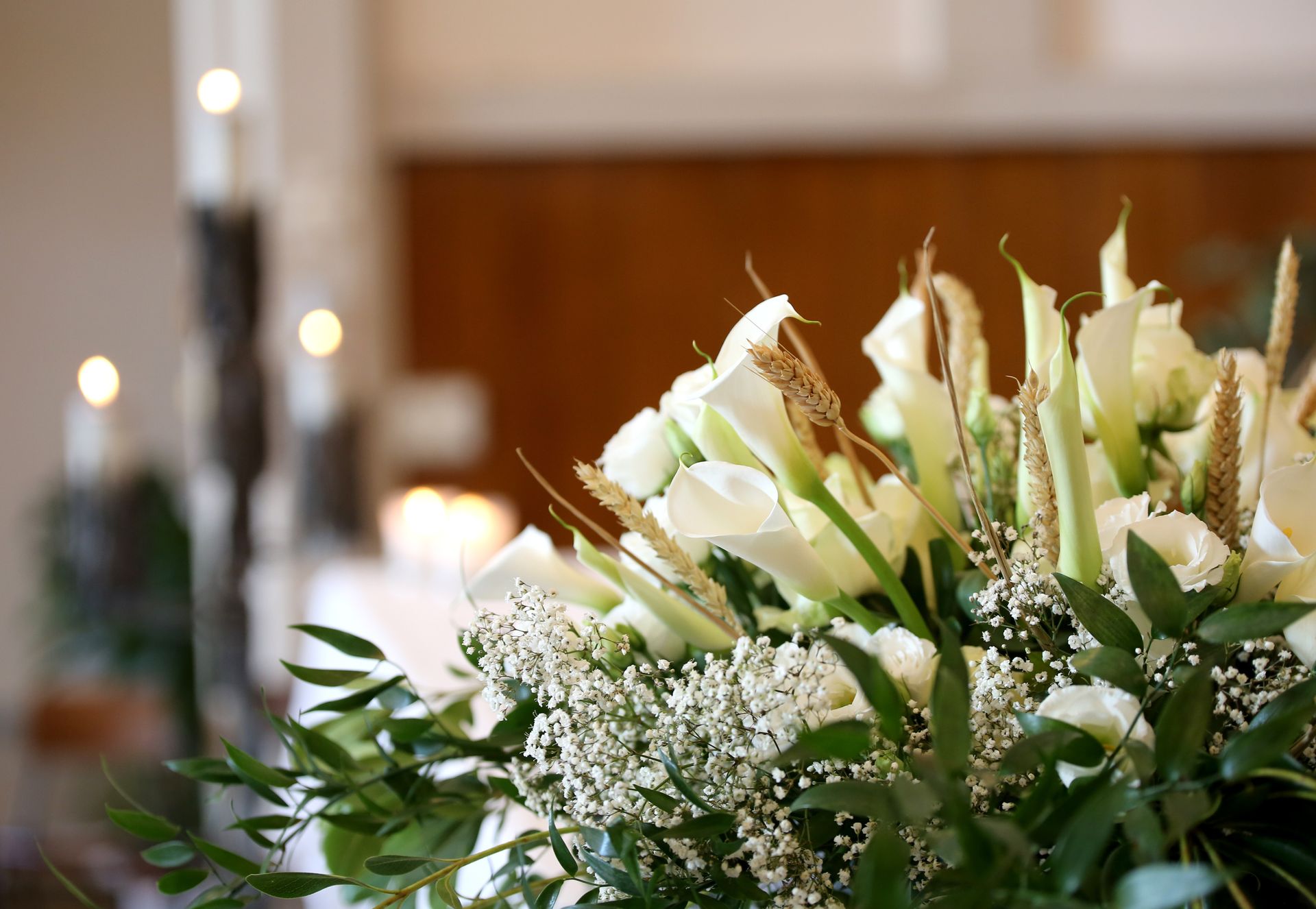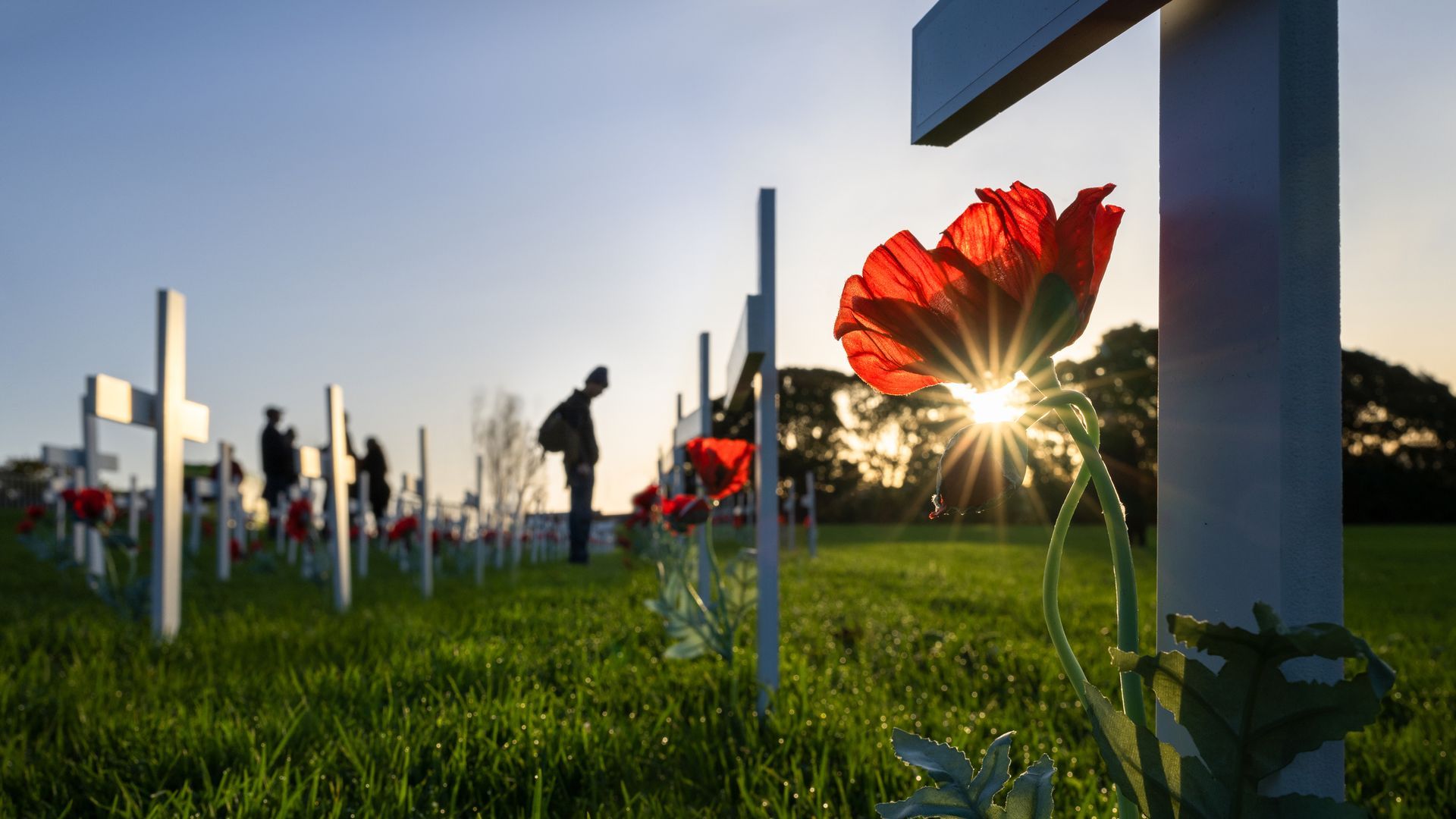Burial vs. Cremation: Exploring the Pros and Cons of End-of-Life Choices

Making decisions about end-of-life arrangements can be a deeply personal and emotional process. Among the most significant decisions individuals and families face is whether to opt for burial or cremation. Each option carries its own set of advantages and considerations, and understanding the pros and cons can help individuals make informed choices that align with their beliefs, preferences, and cultural traditions.
Burial:
Pros:
- Traditional and Cultural Significance: Burial has been a common practice across many cultures and religions for centuries, offering a sense of tradition, continuity, and reverence for the deceased.
- Physical Memorialization: Burial provides a tangible gravesite where loved ones can visit, pay respects, and find solace. For many, having a designated place for remembrance serves as a comforting and meaningful connection to the departed.
- Environmental Considerations: While conventional burial practices may involve embalming and non-biodegradable materials, eco-friendly burial options such as natural or green burials are gaining popularity. These practices prioritize environmental sustainability by using biodegradable materials and minimizing the ecological footprint.
Cons:
- Cost Considerations: Traditional burial can be more expensive than cremation due to expenses such as casket, burial plot, headstone, and maintenance fees for the gravesite.
- Limited Flexibility: Once a burial takes place, the gravesite becomes a permanent memorial, offering limited options for relocation or modification.
- Space Constraints: In densely populated areas or urban settings, finding available cemetery space for burial may be challenging, leading to increased costs or limited choices.
Cremation:
Pros:
- Cost-Effectiveness: Cremation is generally more affordable than traditional burial, as it eliminates expenses associated with caskets, burial plots, and cemetery maintenance.
- Flexibility and Portability: Cremated remains, or cremains, offer flexibility in memorialization options. Families can choose to scatter the ashes in a meaningful location, keep them in an urn at home, or inter them in a variety of locations, including cemeteries, memorial gardens, or columbariums.
- Space Conservation: Cremation addresses the issue of limited cemetery space, making it a practical choice in regions where burial space is scarce.
Cons:
- Religious and Cultural Considerations: Some religions and cultures have specific beliefs and traditions regarding burial and cremation, and individuals may face challenges in reconciling these practices with their personal preferences.
- Emotional Considerations: For some individuals, the thought of cremation may evoke feelings of discomfort or unease, particularly if they have strong emotional or cultural ties to burial traditions.
- Lack of Physical Memorialization: While cremation offers flexibility in memorialization options, some individuals may find comfort in having a physical gravesite for remembrance, which cremation may not provide to the same extent.
In conclusion, the choice between burial and cremation is deeply personal and influenced by a variety of factors, including cultural beliefs, financial considerations, and emotional preferences. By weighing the pros and cons of each option, individuals can make informed decisions that honor their loved ones' memory and provide comfort and closure for themselves and their families. Ultimately, regardless of the chosen method, the most important aspect is creating a meaningful and dignified tribute that celebrates the life and legacy of the departed.

July 24, 2025
Attending a funeral or memorial service can stir up many emotions, and for some, one of the first questions that comes to mind is: What should I wear? While traditions around funeral attire have evolved, dressing appropriately remains a way to show respect—for the person who has passed and for their loved ones. Whether the service is formal, casual, religious, or a celebration of life, here are a few thoughtful guidelines to help you choose what to wear. 1. Stick to Neutral, Conservative Colors Black is the traditional color of mourning in many cultures, but it's not your only option. Other respectful colors include navy, gray, deep green, brown, and muted tones. Avoid bright colors, loud patterns, or anything that draws unnecessary attention unless the family has requested otherwise. Tip: Some services may invite guests to wear the deceased’s favorite color or dress casually—check the obituary or invitation for guidance. 2. Dress Modestly and Neatly Funeral services are somber occasions, so choose clothing that is clean, pressed, and conservative: For women, options include a modest dress, blouse with slacks, or a skirt paired with a cardigan or blazer. For men, a dress shirt with slacks, a suit, or a sport coat with a tie is appropriate. 3. Footwear Matters, Too Choose closed-toe shoes that are comfortable, especially if you'll be standing or walking at a graveside service. Simple dress shoes, loafers, or flats work well. Avoid athletic sneakers or flip-flops unless the service is explicitly casual or outdoors. 4. Consider the Location and Weather The setting of the service can influence your outfit: For outdoor or graveside services, wear weather-appropriate clothing and shoes that can handle grass or gravel. Bring an umbrella or coat if needed. Dark outerwear is always a safe choice. In a place of worship, modest attire is often expected regardless of the season. 5. Keep Accessories Simple This is not the time for flashy jewelry or bold accessories. Choose understated items that won’t distract from the purpose of the gathering. 6. What About Children? Children should also be dressed neatly and conservatively. Simple outfits in neutral colors are best. If unsure, dress them as if attending a formal family event or church service. 7. When in Doubt, Dress Up a Bit It’s always better to be slightly overdressed than too casual at a funeral. If you’re unsure about the dress code, err on the side of formality. A respectful appearance helps convey sympathy and support. What you wear to a funeral doesn’t need to be fancy or expensive—but it should reflect care, humility, and consideration. Remember: your presence is what matters most

July 14, 2025
Planning a funeral or cremation—whether for a loved one or preplanning for yourself—can feel overwhelming. There are many decisions to make, all while navigating the emotions that come with loss. But with a little preparation and guidance, the process can be meaningful, healing, and manageable. Whether you're planning ahead or handling arrangements after a loss, this guide walks you through the key steps of planning a funeral or cremation service. 1. Decide Between Burial and Cremation One of the first decisions to make is whether the individual will be buried or cremated. This choice often depends on personal, cultural, or religious preferences. Burial typically involves a casket, a graveside service, and a cemetery plot. Cremation may still include a funeral or memorial service and allows for more flexible options such as scattering, keeping an urn, or burying cremated remains. Some families choose direct cremation (without a service) or direct burial and hold a memorial at a later time. 2. Decide on the Type of Service There are many ways to honor a life, including: Traditional funeral service (usually with the body present) Memorial service (typically after cremation or burial) Celebration of life (a more personalized, informal event) Services can take place at the funeral home, a place of worship or outdoors. Choose what best reflects the person’s life and what brings comfort to those attending. 3. Select the Details You’ll want to personalize the service with details such as: Obituary and newspaper or online notices Casket or urn selection Music, readings, or spiritual elements Photos, videos, or displays of personal items Flowers or charitable donation options Who will speak, perform, or participate Many families also choose to include military honors, religious traditions, or cultural customs. 4. Consider Final Resting Place Options For burials: Choose a cemetery and purchase a plot if one isn’t already owned Decide on a headstone or grave marker For cremation: Decide whether ashes will be kept, scattered, buried, or placed in a niche Some families divide ashes among keepsake urns or jewelry 5. Handle Legal and Practical Matters Don’t forget the necessary paperwork: Obtain a death certificate (you may need multiple copies) Notify Social Security and financial institutions Handle wills, trusts, and estate matters If applicable, coordinate with veterans’ services or insurance providers Funeral directors can help guide you through most of this, but having documents organized in advance can ease the burden. 6. Consider Preplanning Preplanning your own arrangements relieves your loved ones of decision-making during an emotional time. You can: Specify burial or cremation preferences Choose the type of service and location Prepay or set aside funds Record personal touches you’d like included Preplanning ensures your wishes are followed—and it brings peace of mind to everyone involved. While planning a funeral or cremation is never easy, it is an opportunity to reflect, remember, and celebrate a life. Whether you’re planning for the future or coping with a loss today, take each step at your own pace, and don’t hesitate to reach out to professionals or trusted loved ones for support.




